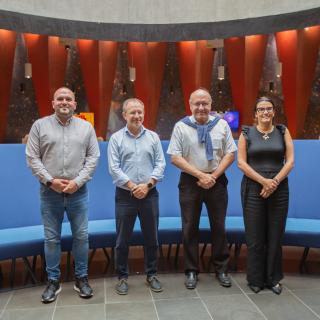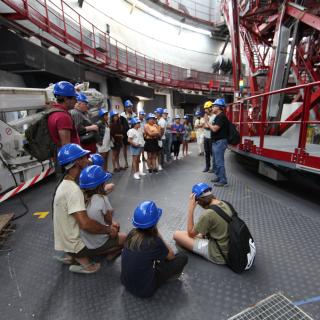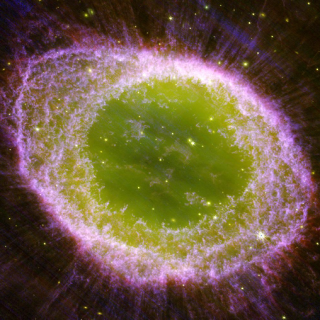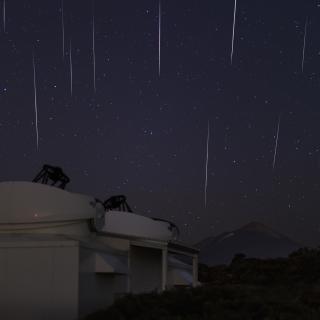
The president of the La Palma Island Council, Sergio Rodríguez Fernández, visited the Roque de los Muchachos Observatory (Garafía, La Palma), accompanied by the third vice-president and councillor for Tourism, Raquel Rebollo Morera, and the councillor for Culture, Heritage and Crafts, Pablo Díaz Cobiella. The visit was attended by the Director of the Instituto de Astrofísica de Canarias (IAC), Rafael Rebolo, the Director of the Gran Telescopio de Canarias (GTC or Grantecan), Romano Corradi, and the Observatory Manager (ORM), Emilio García. During this meeting, they visited the GTC, the
Advertised on




